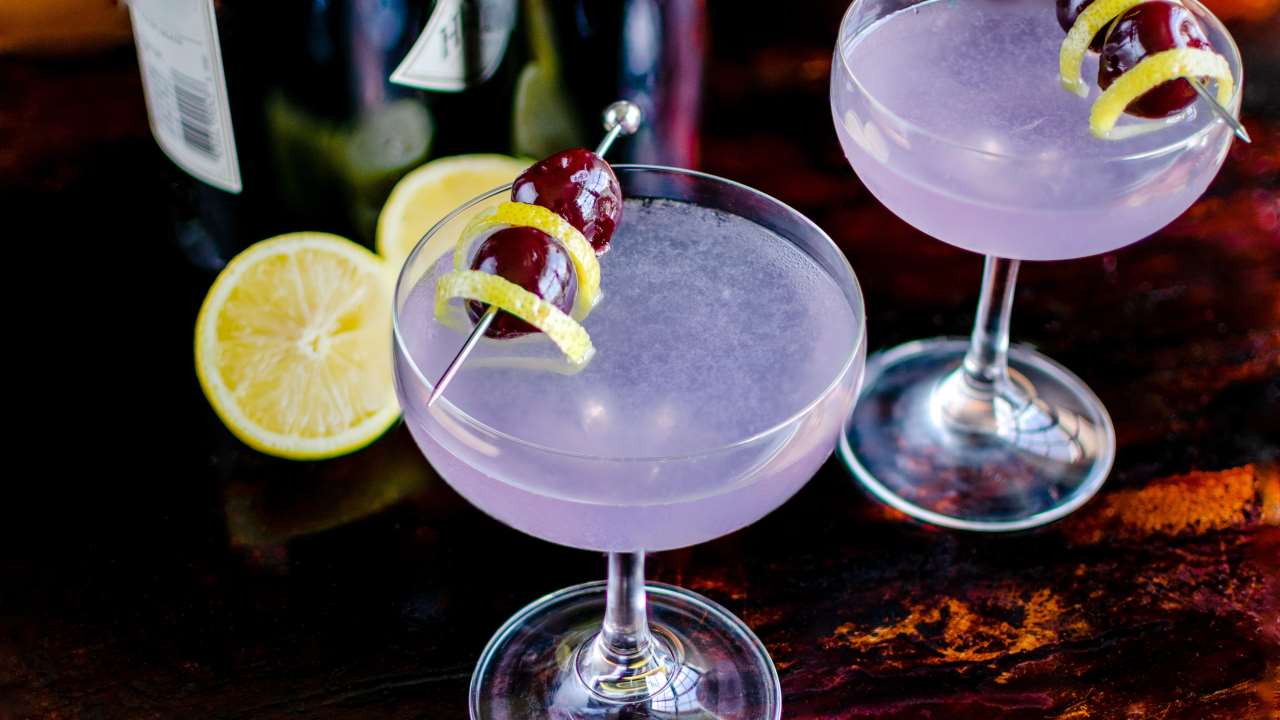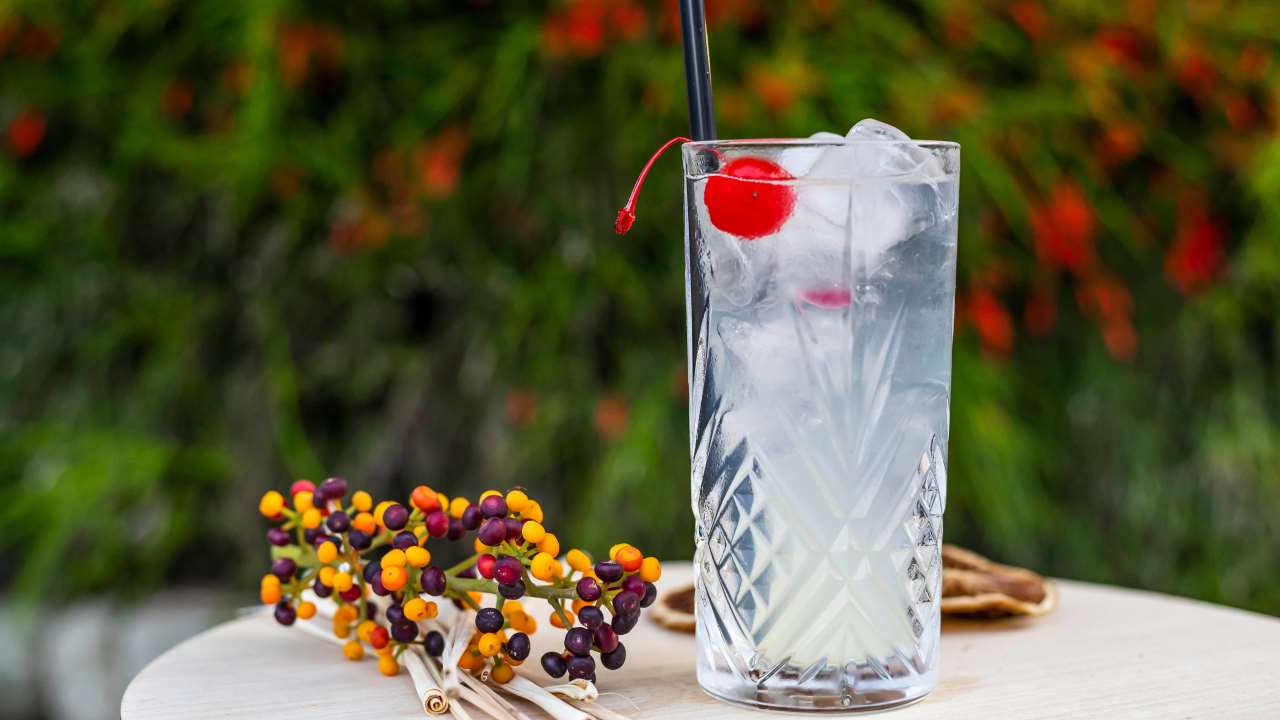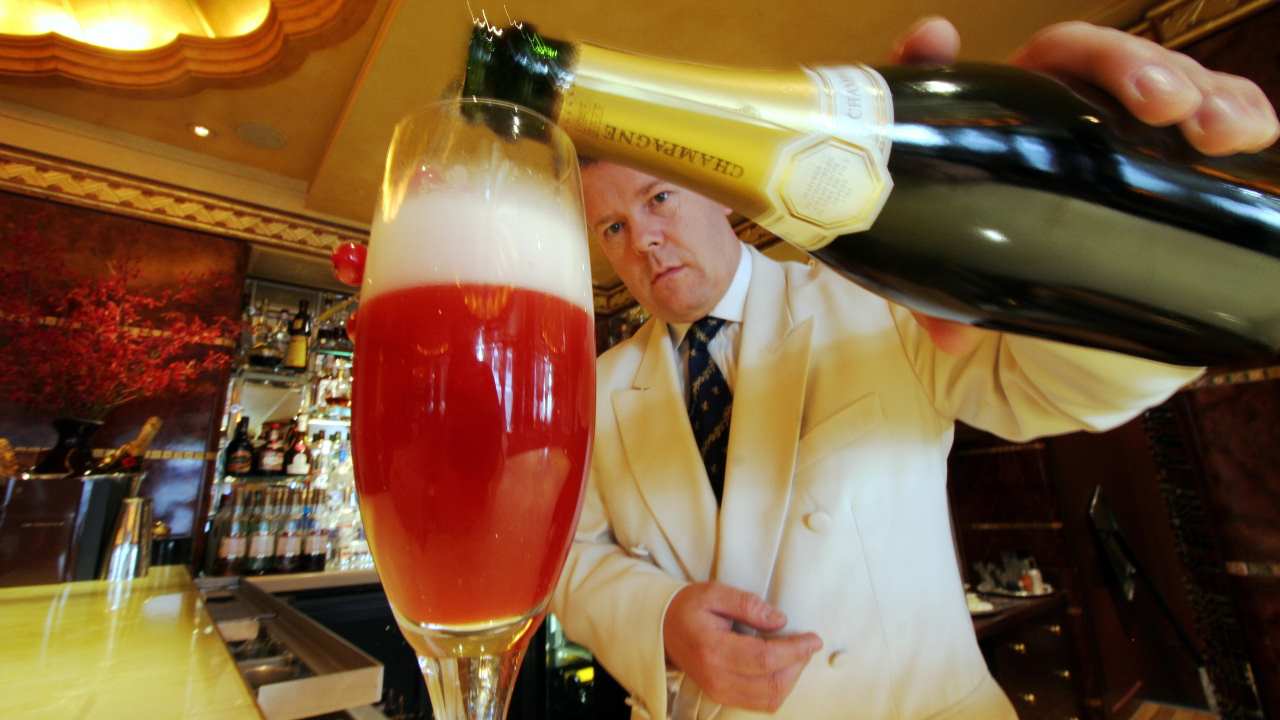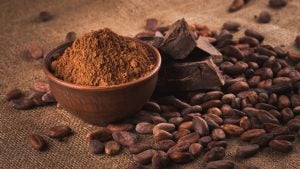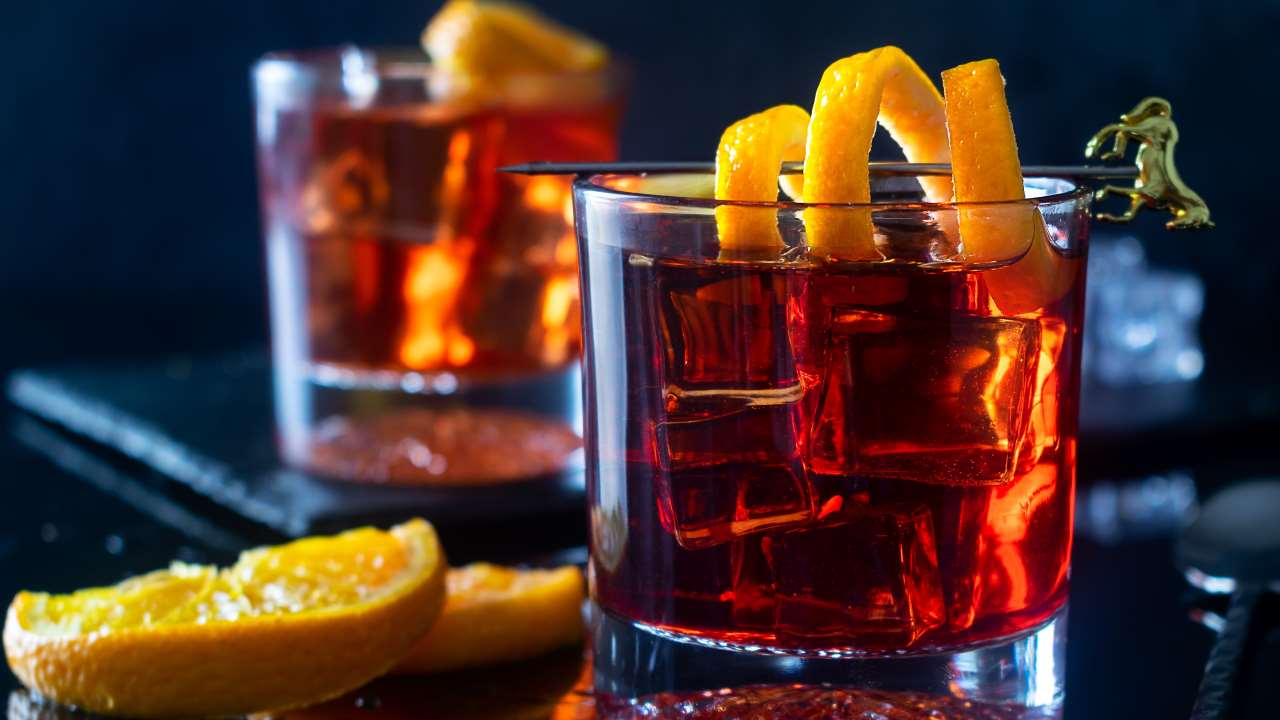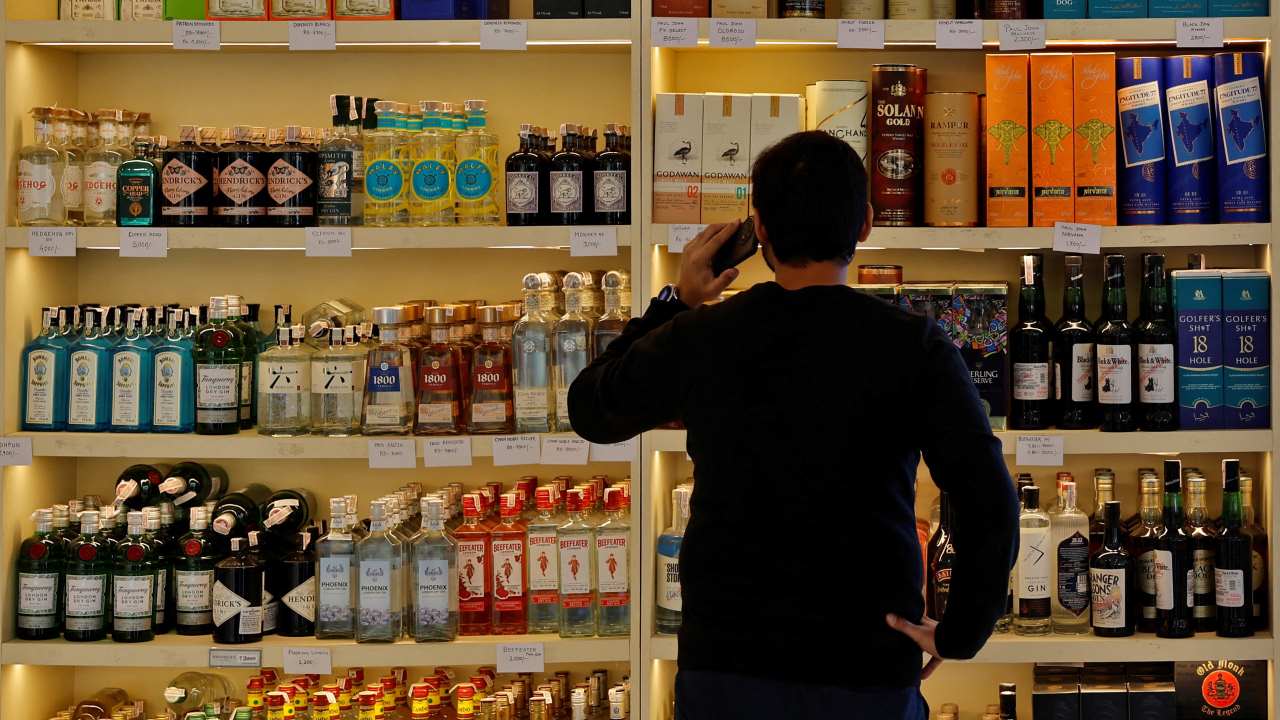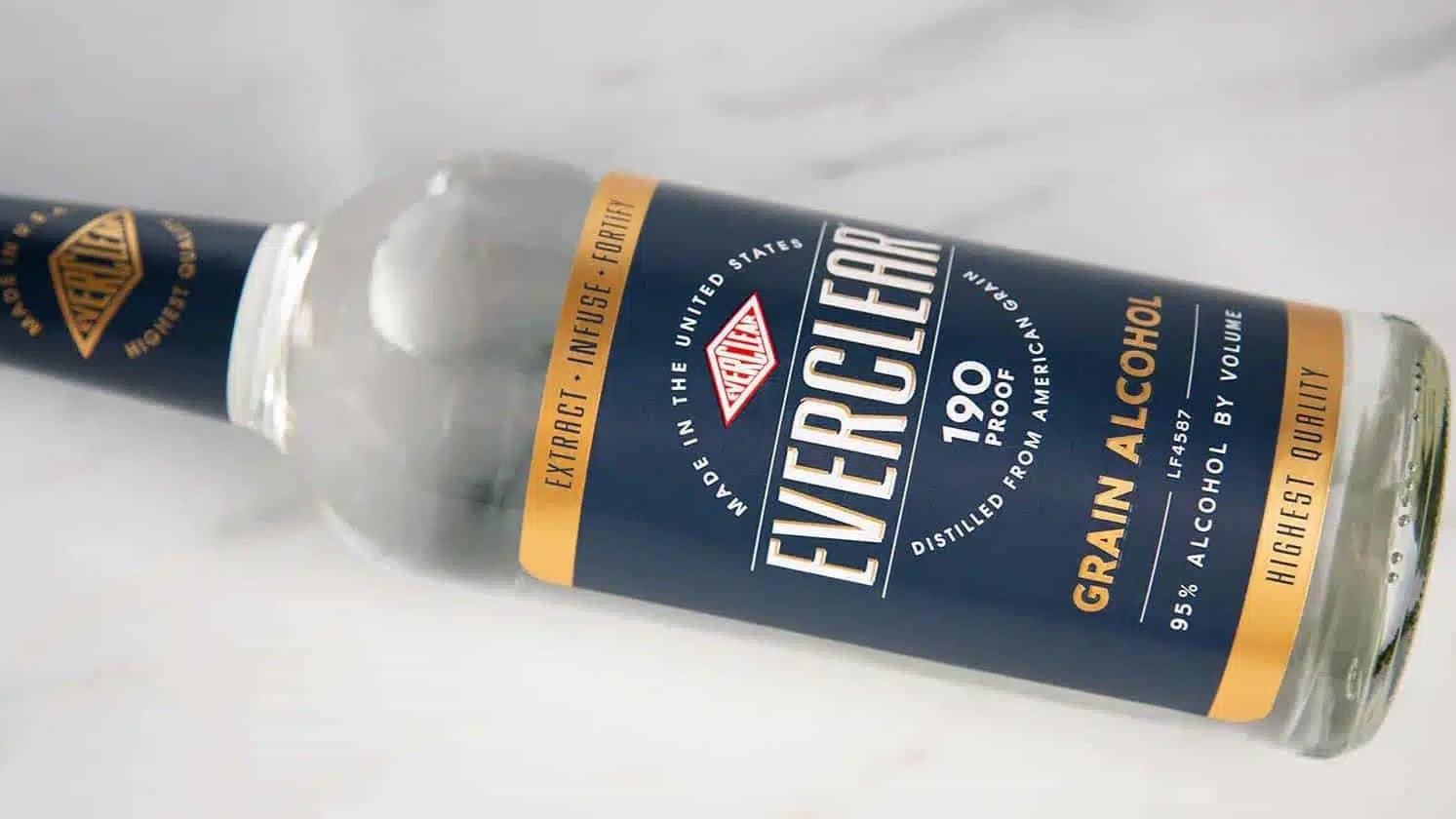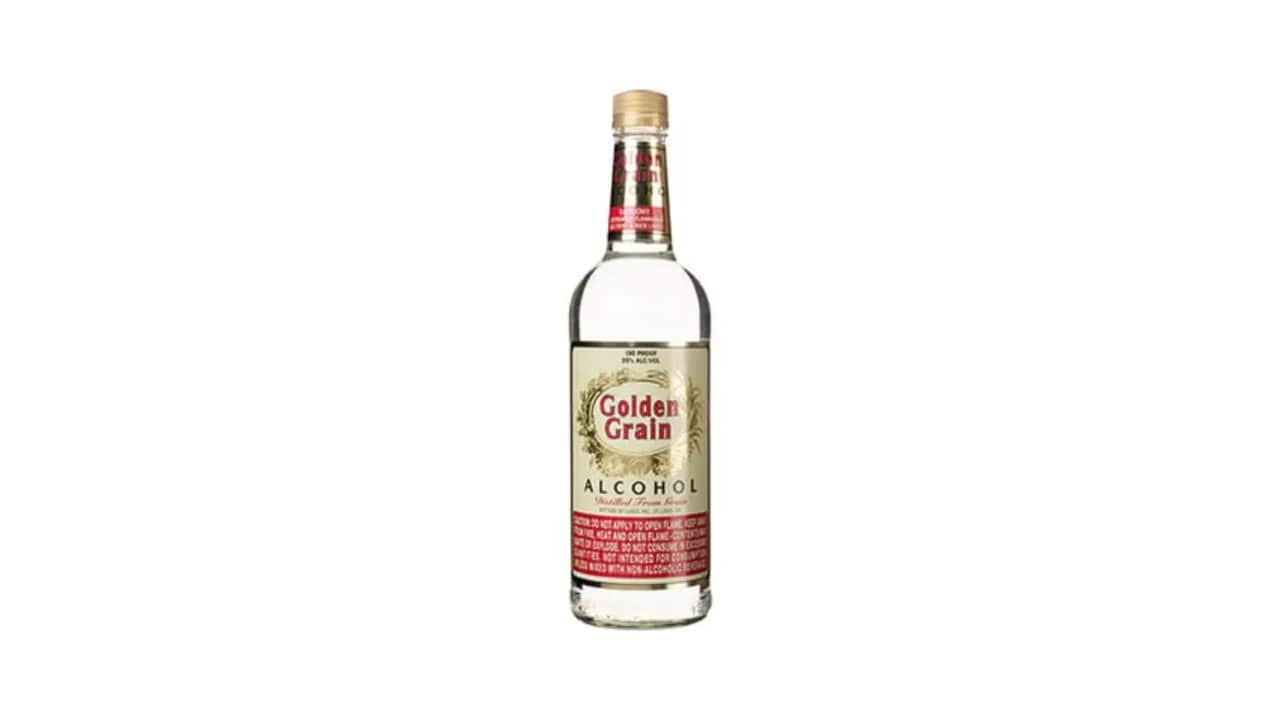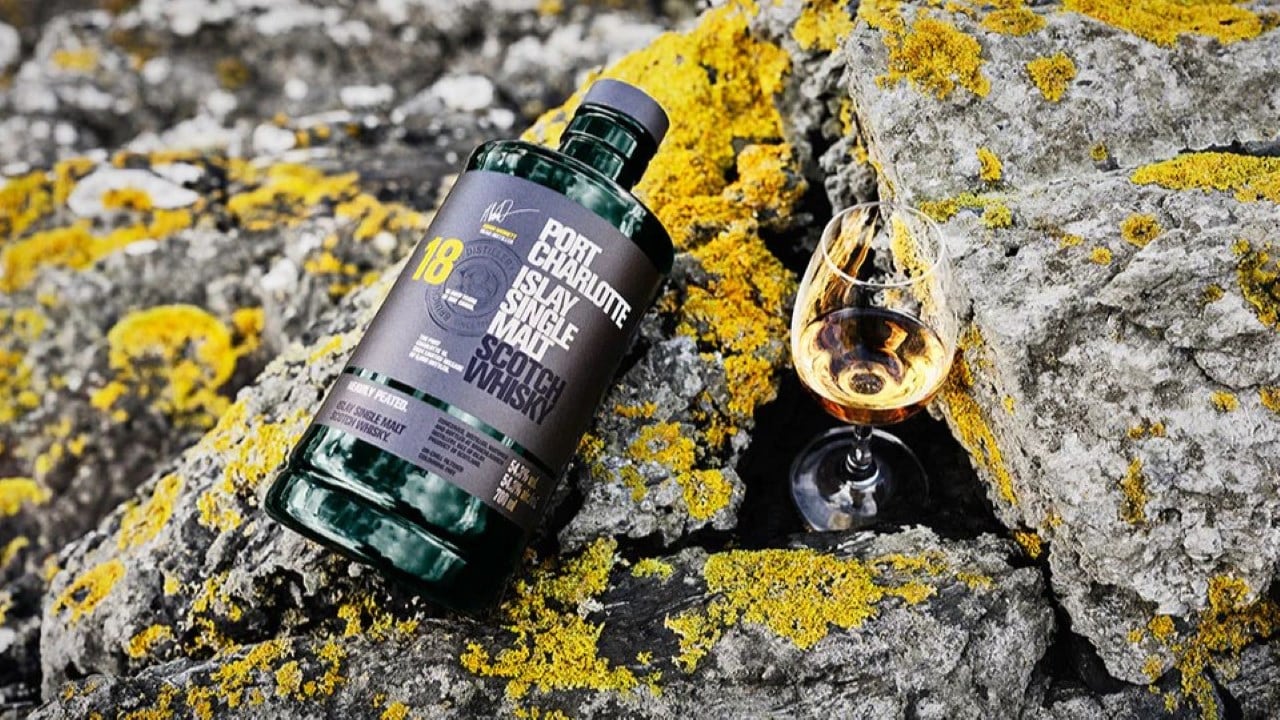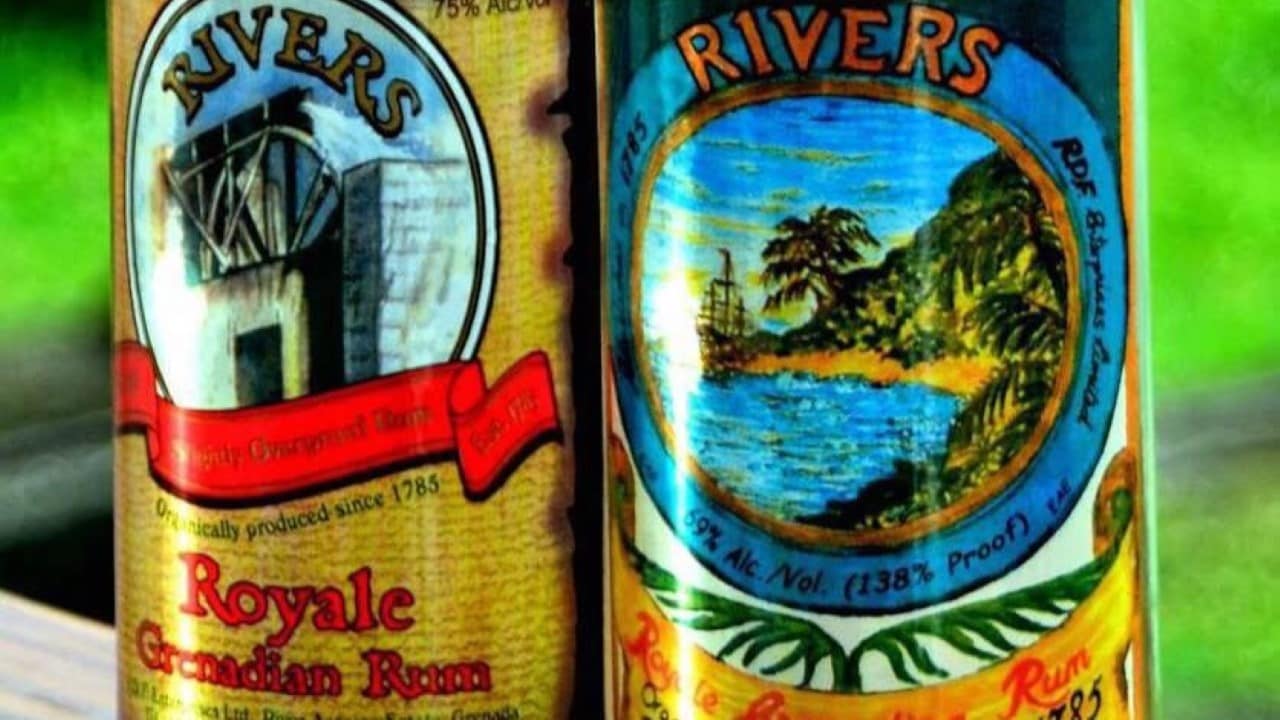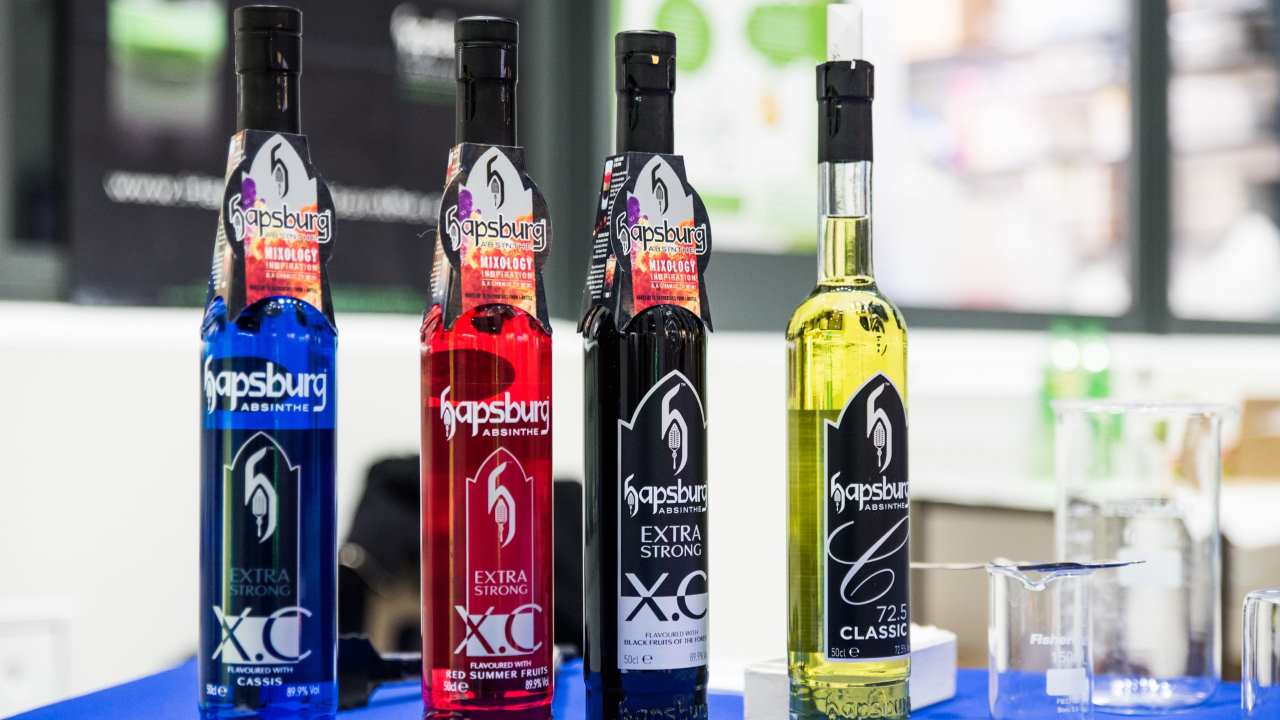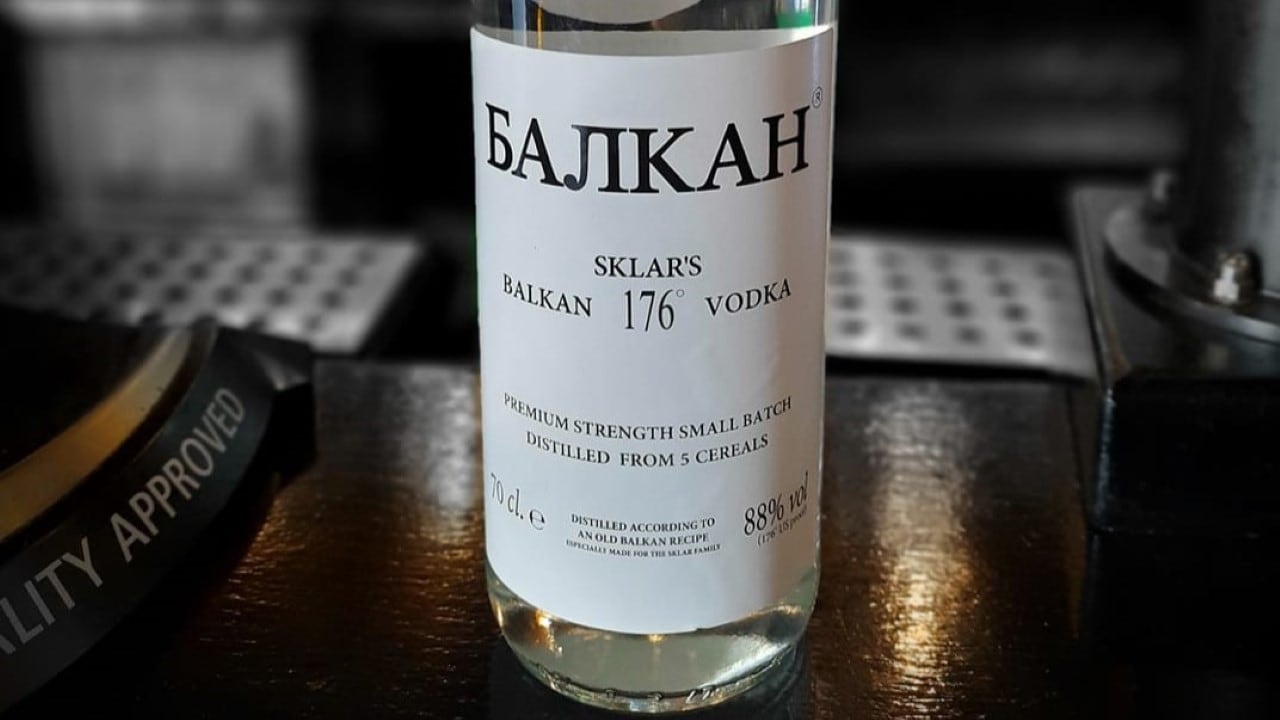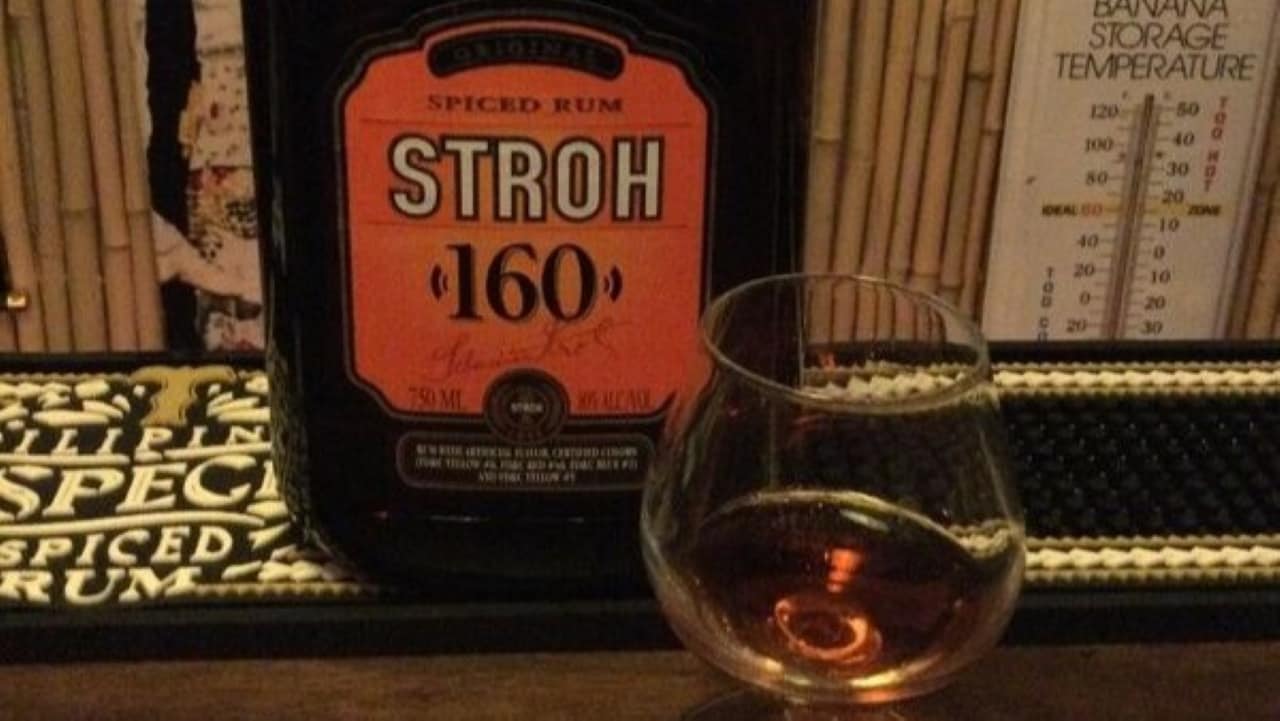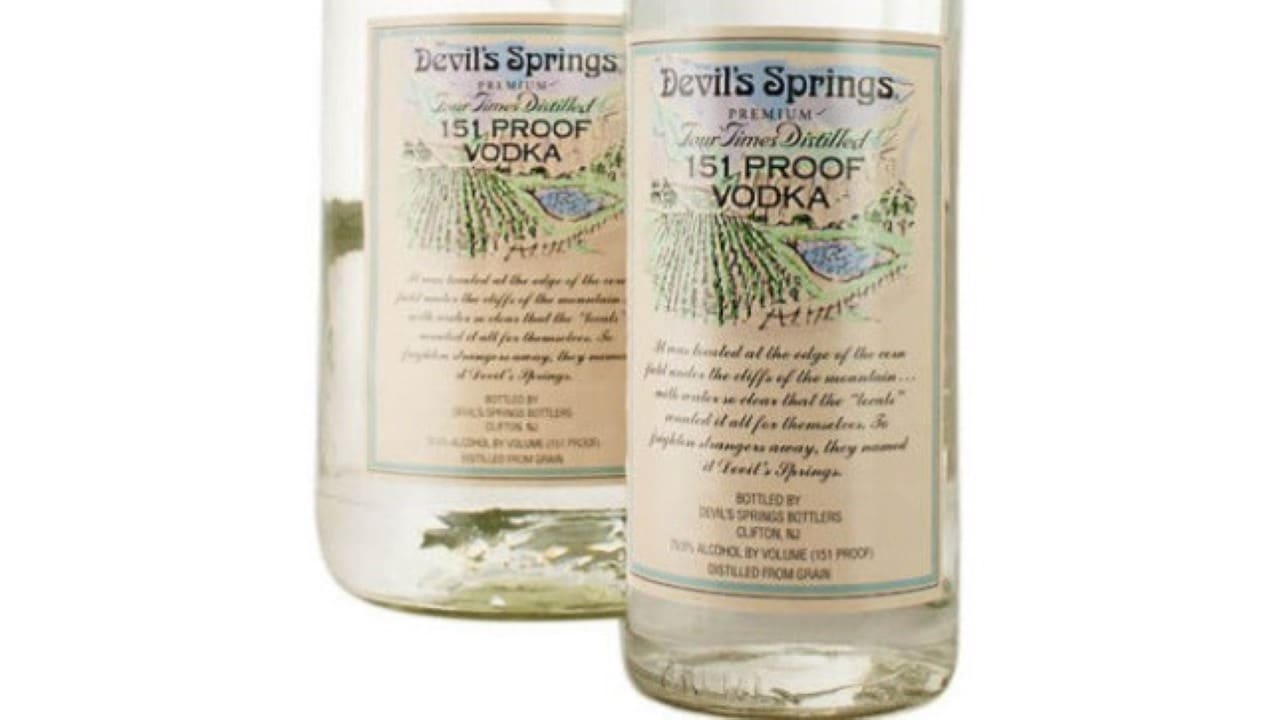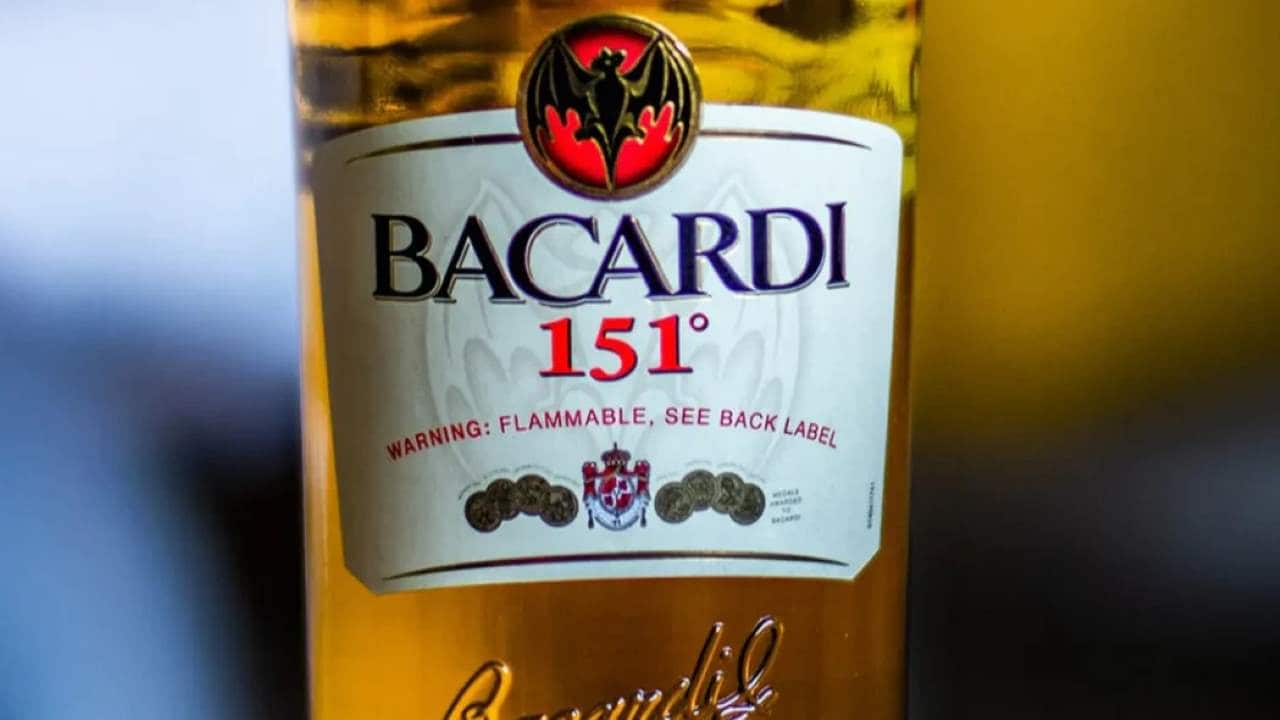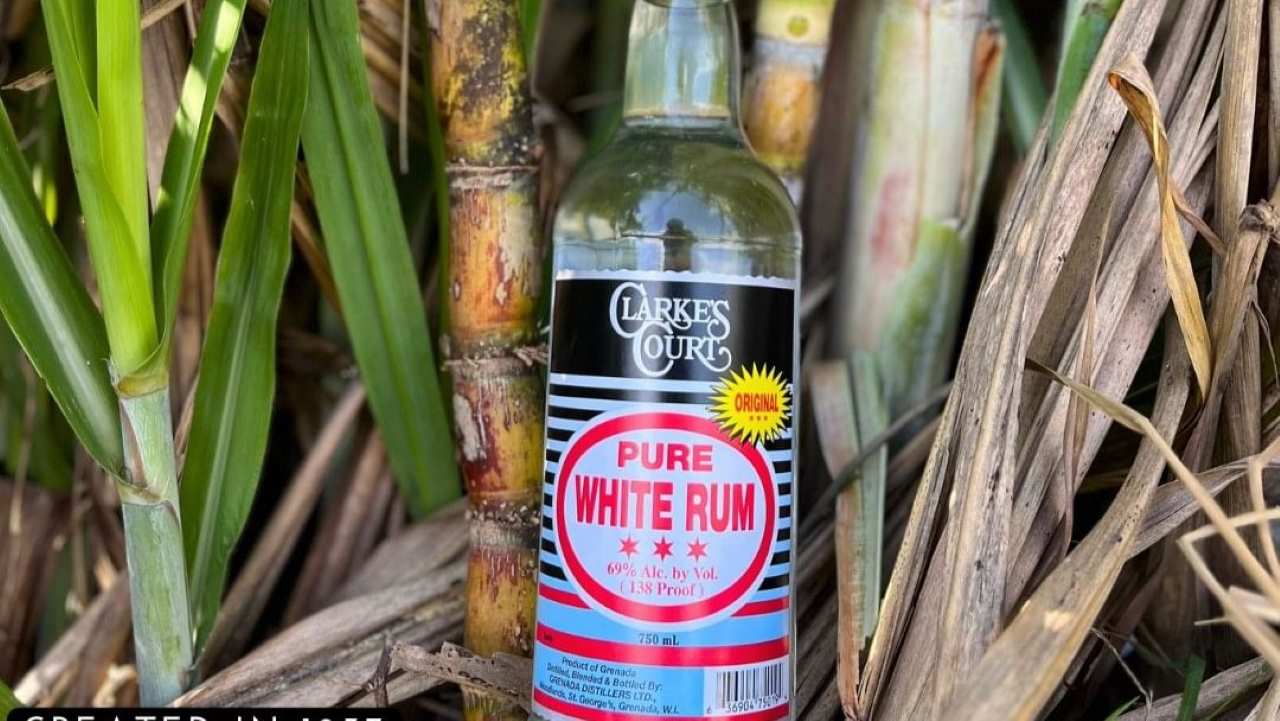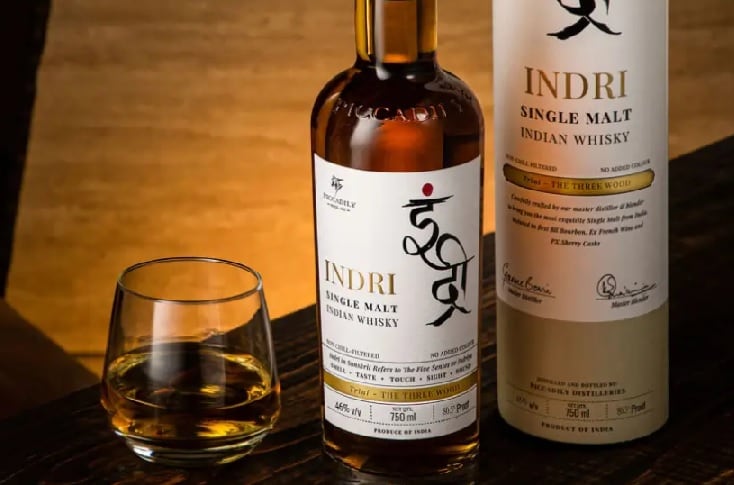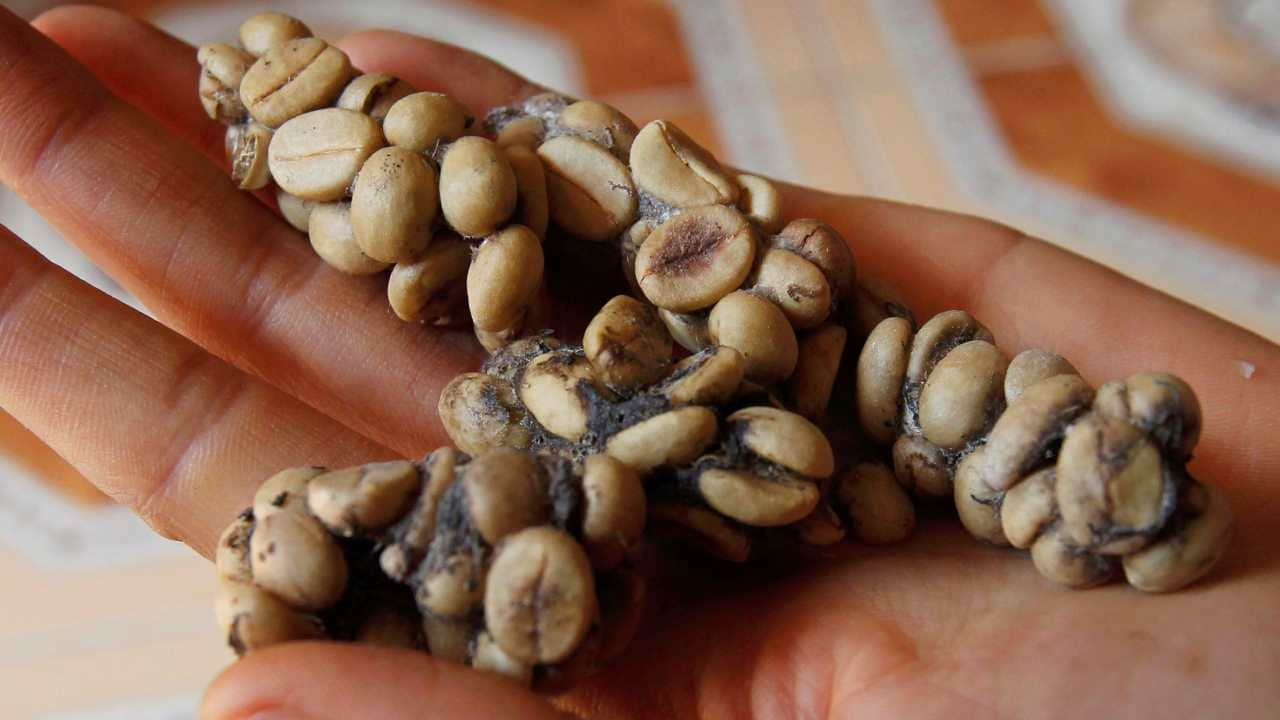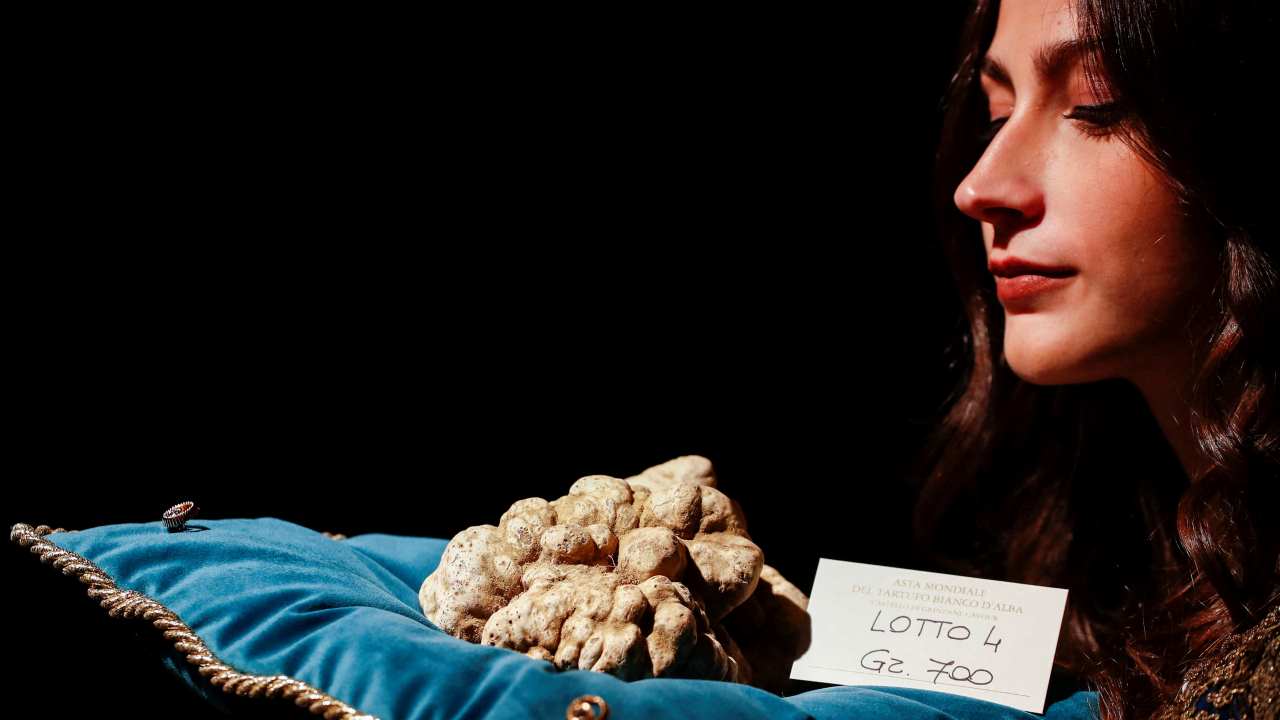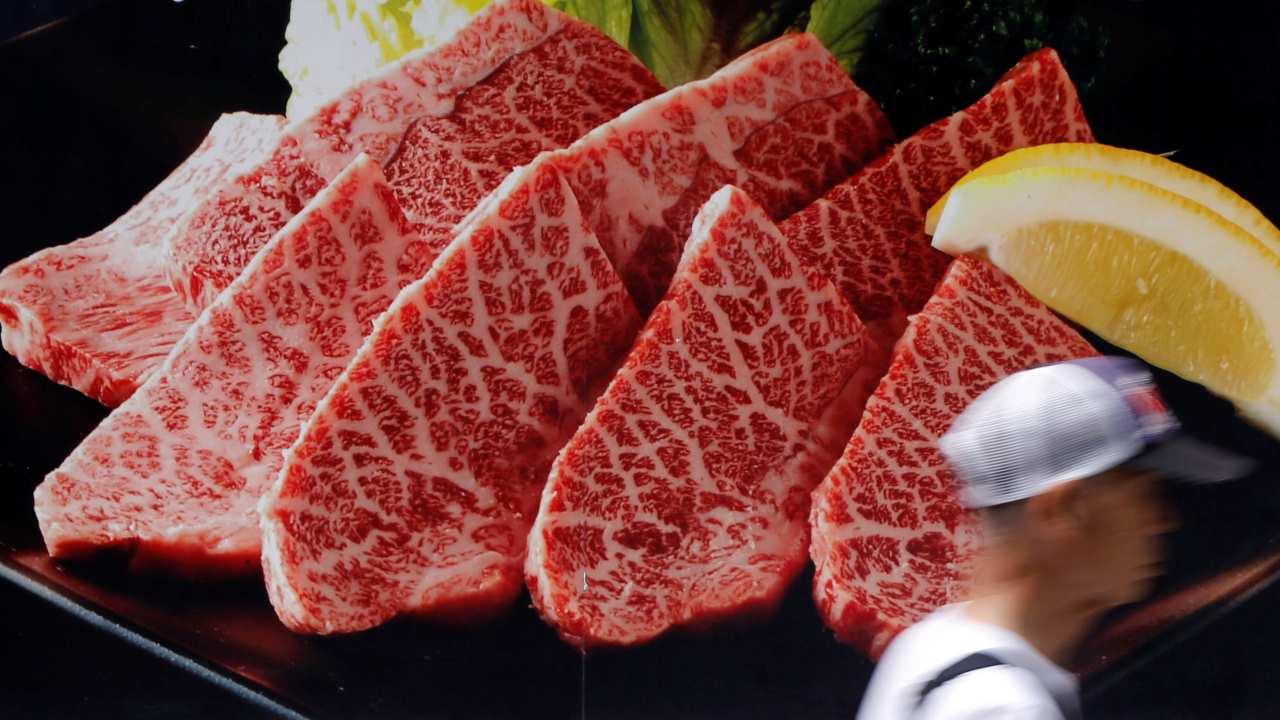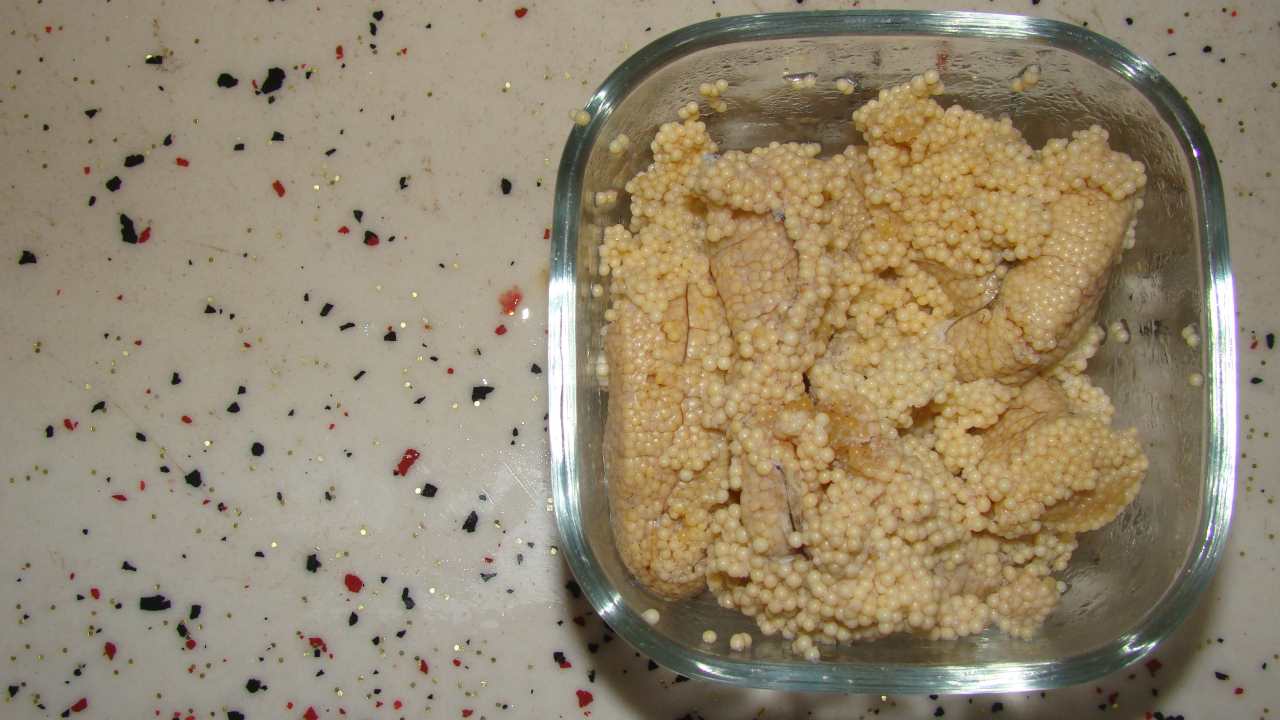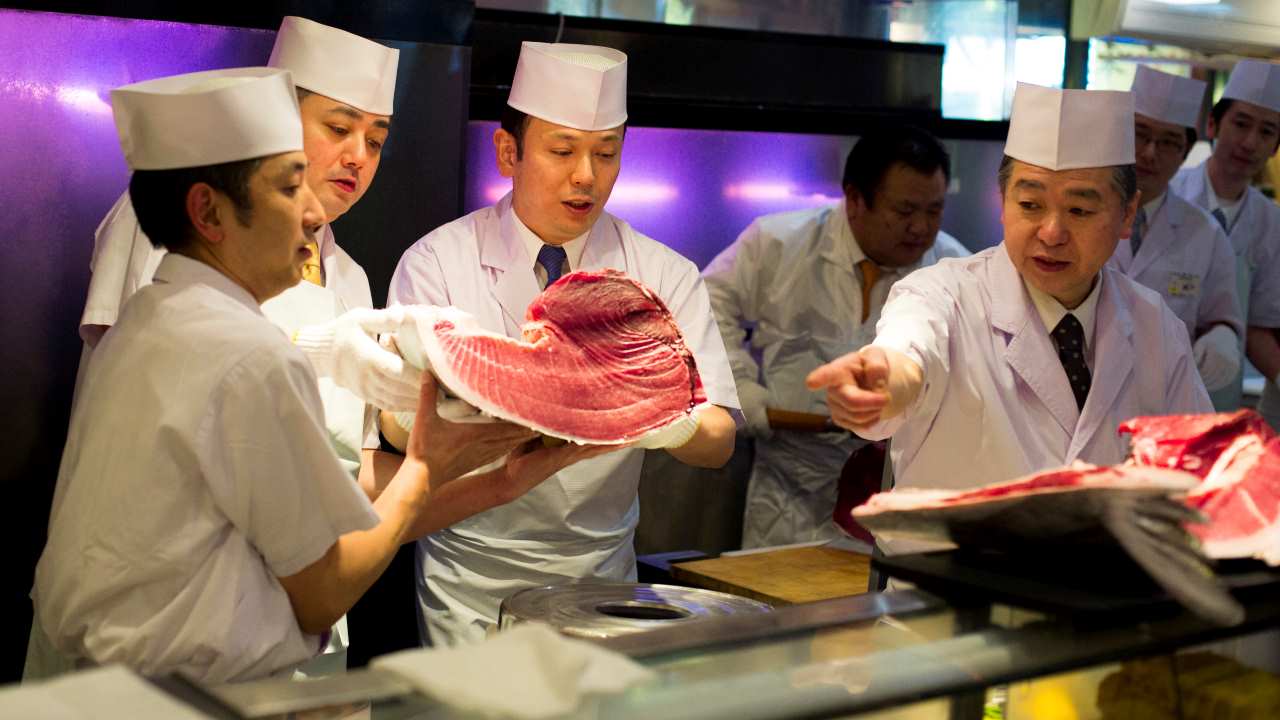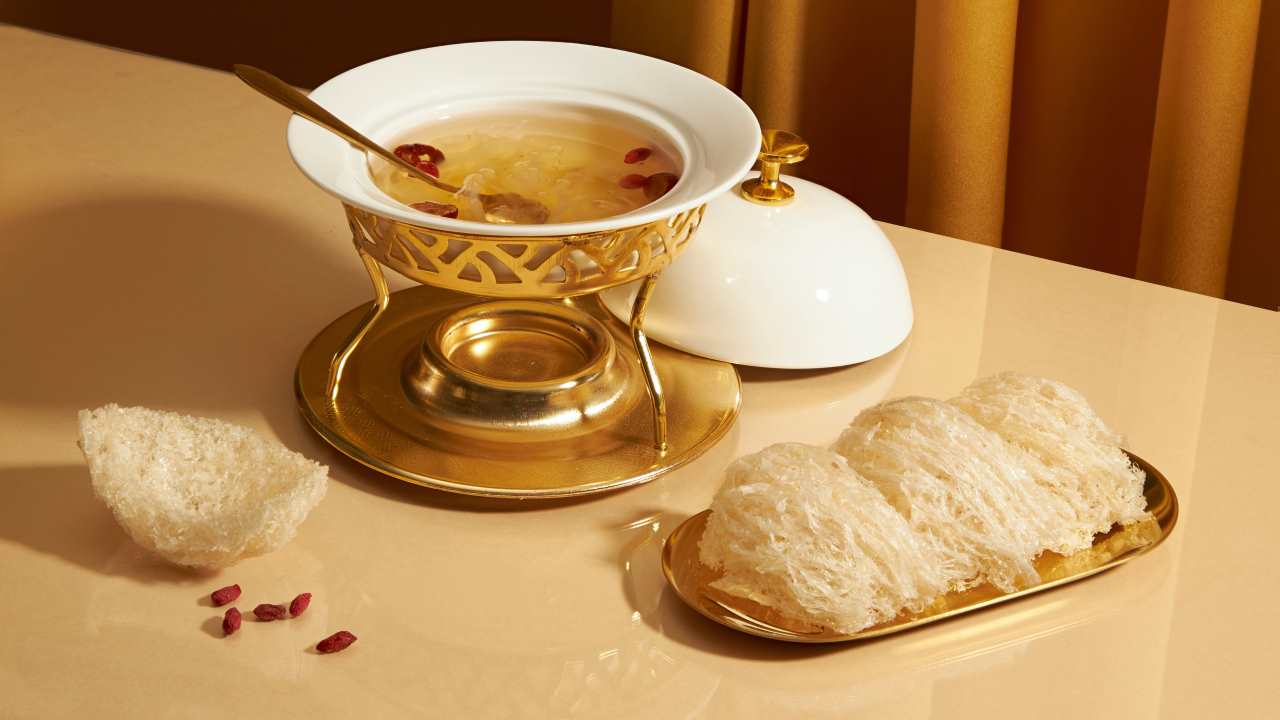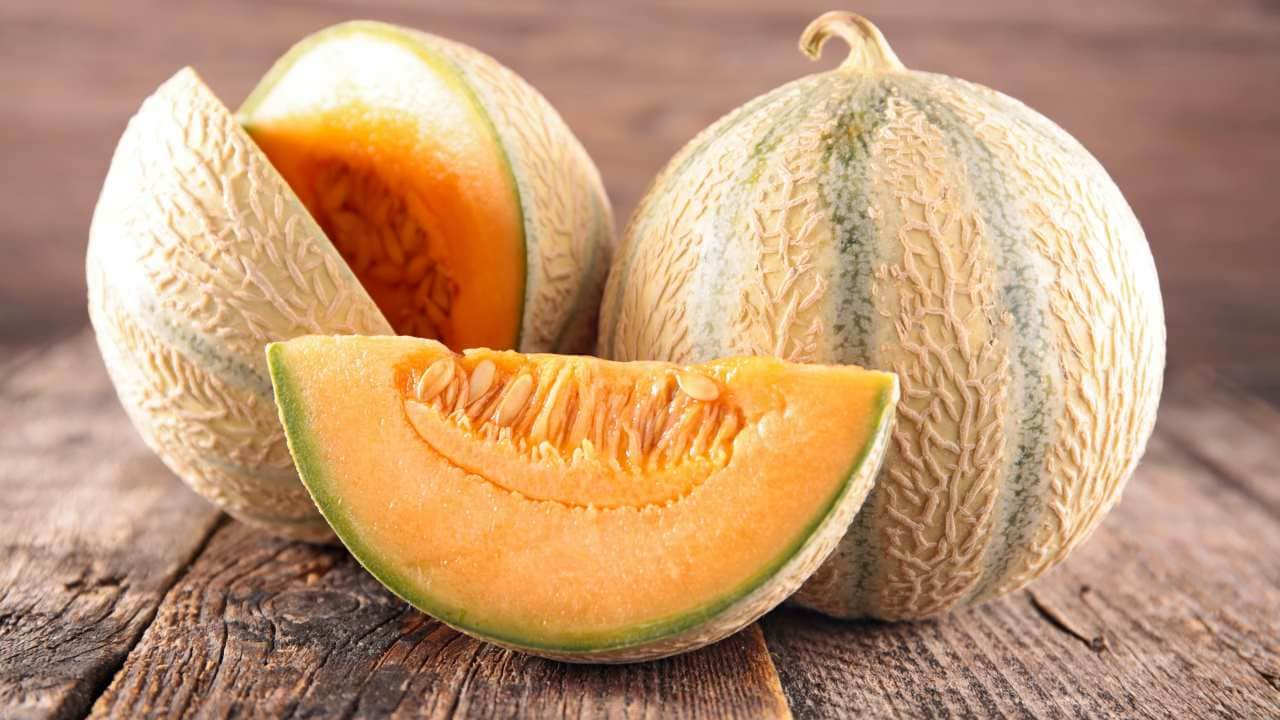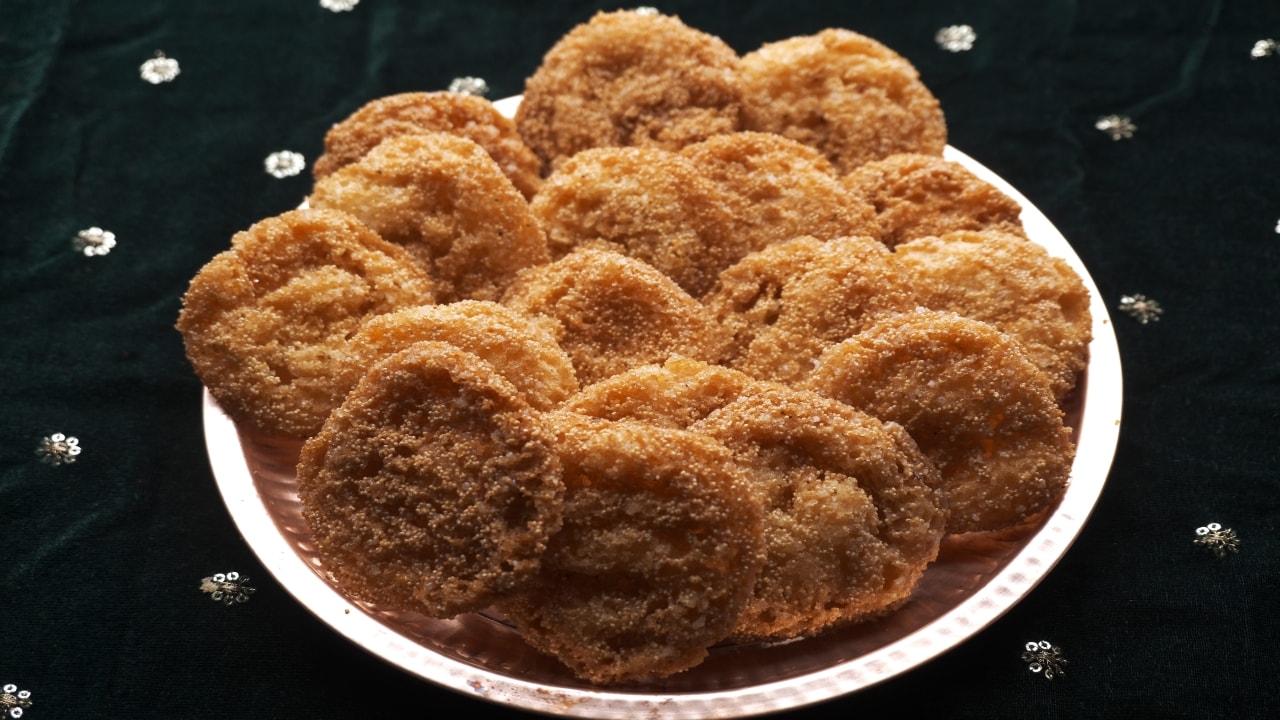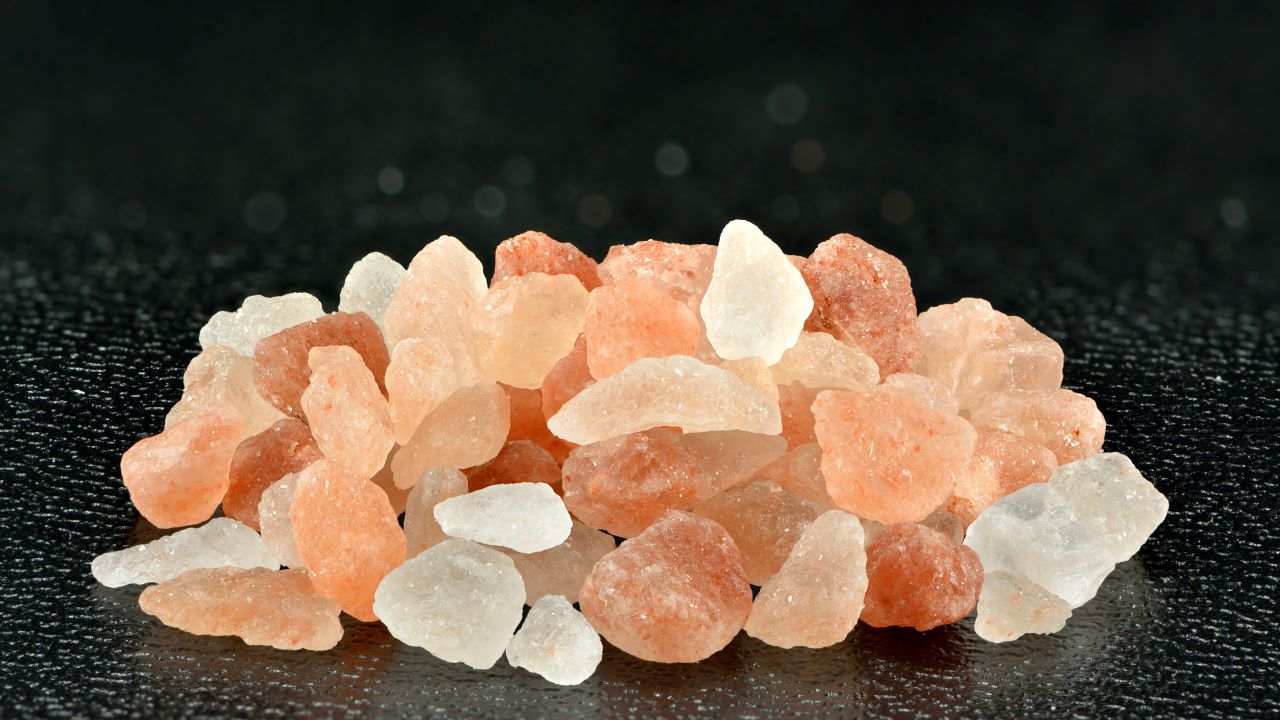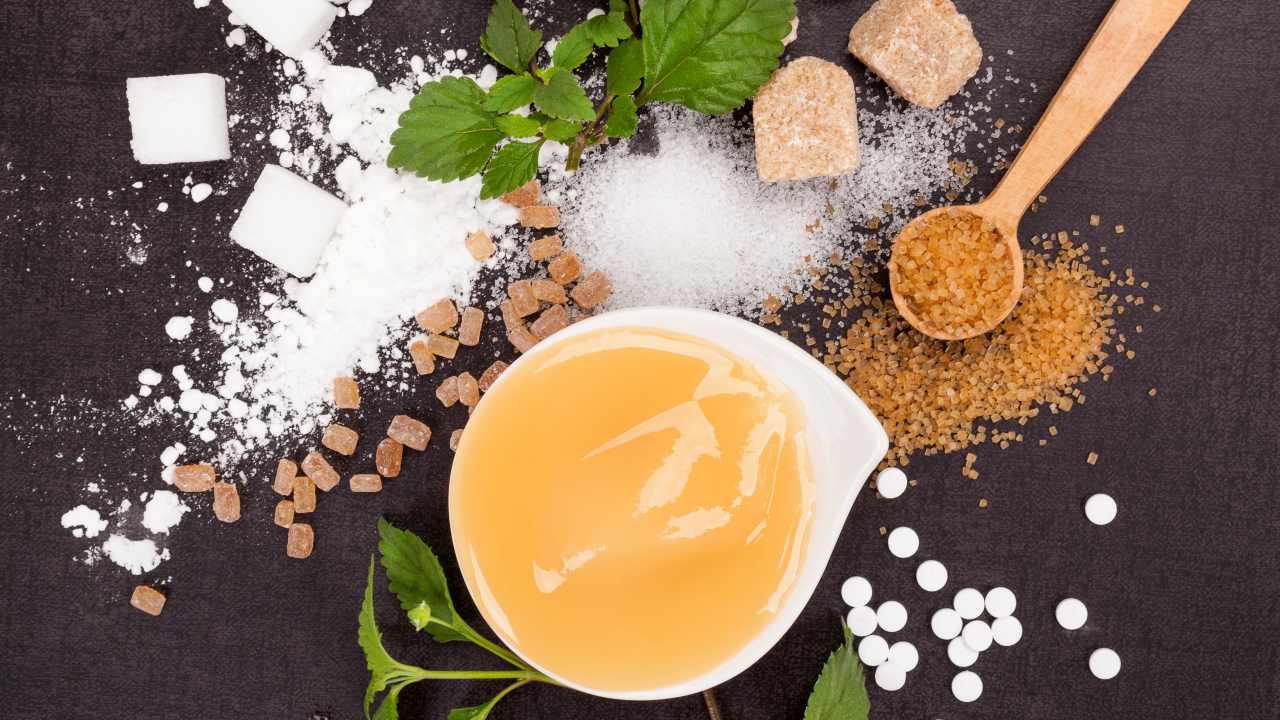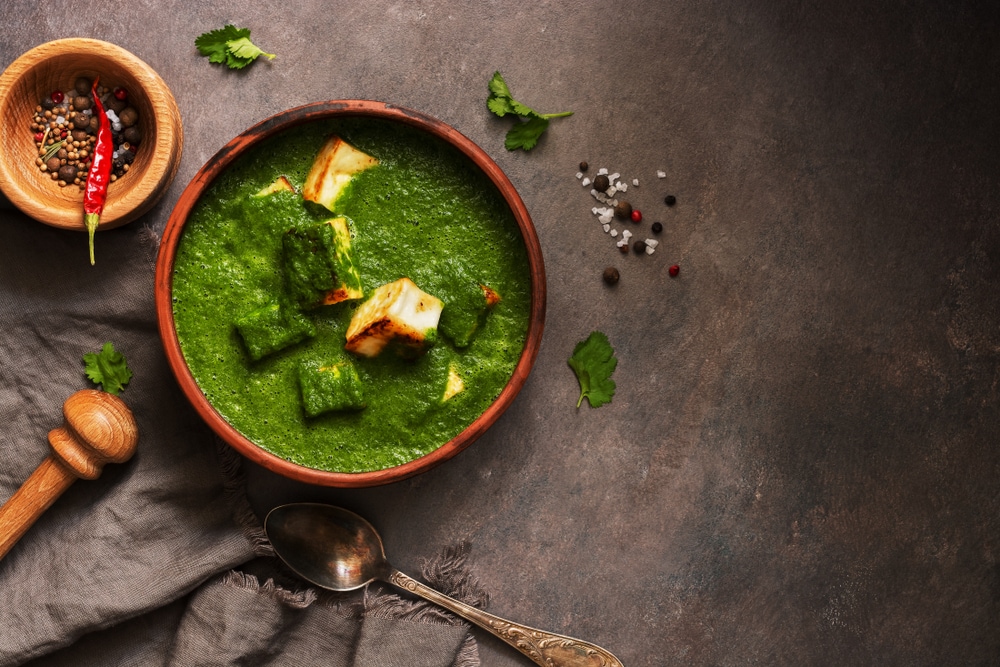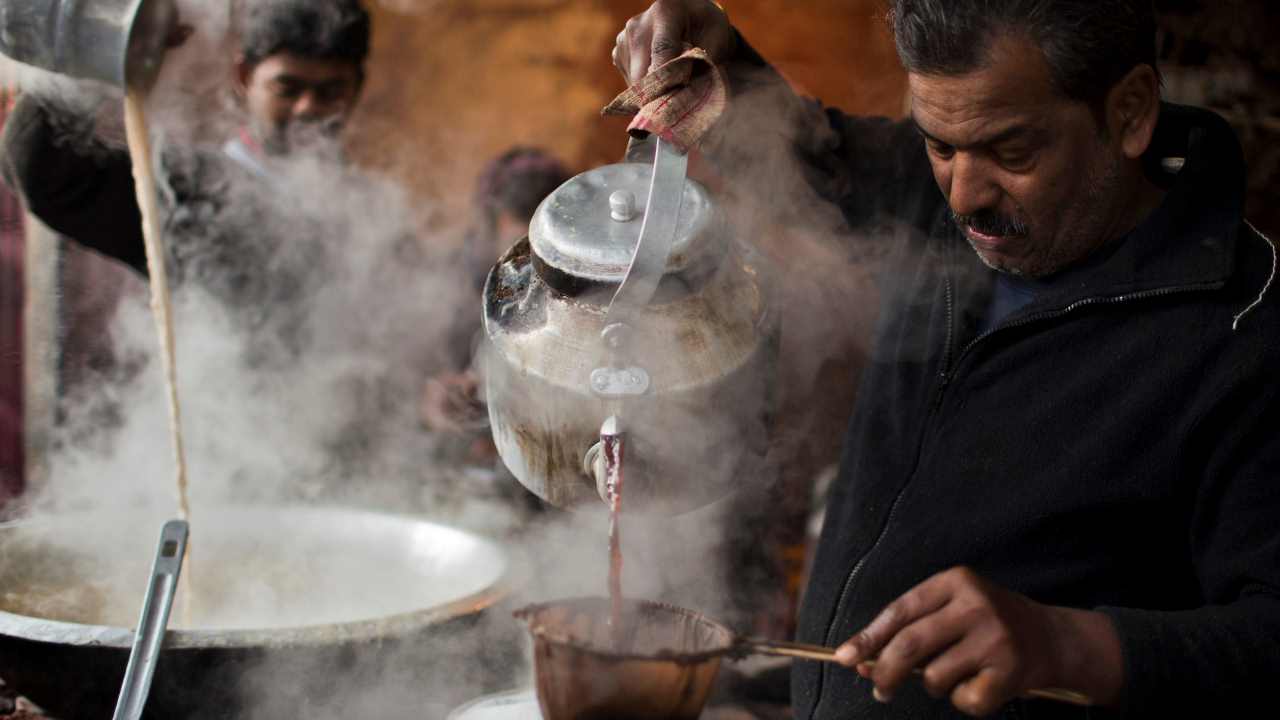How’s innovation helping Indian single malts break barriers
Summary
In the whisky market, non-age statements are now gaining more acceptance, especially for aficionados who understand the world of single malts — knowing that it is not just numbers that deliver a rich sensorial experience, but rather the complex and holistic nature of whisky making that does, writes Diageo India’s Chief Innovation Officer Vikram Damodaran.
The Indian single malt landscape is on an upward trend — poised alongside global counterparts. As the global whisky landscape evolves, India’s single malts are transcending conventional boundaries and setting new standards of excellence — take, for instance, the intricacies of liquid profiles striking a delicately harmonious balance between tradition and innovation. Essentially, the signifying factors of the Indian liquid profile comes down to the technicalities of the distiller, the impact of Indian terroir, and of course, the no-age claims.
The Power of the Distiller
Single malts stand out for their distinct characteristics, deeply rooted in the unique configurations of the distillery’s pot stills, encompassing factors such as shape, form, and the angle of the gooseneck. The expertise of the distiller comes into play here, guiding the extraction of the finest qualities from each pot. In the context of India, marked by diverse geography, ingredients, and terroir, this knowledge becomes especially crucial in order to deliver a distillate which is at its optimum best.
Take for example, Nashik, home to one of India’s largest distilleries — it underscores the significance of this expertise — a distillery that operates on an industrial scale where mastering the intricacies of pot still operation is paramount. This industrial scale poses distinct challenges, where parameters and controls are not solely in the distiller’s hands, and requires innovation to harmonise multiple variables—ingredients, terroir, environmental conditions, and pot still variations. Thus, the essence of a distillery is intricately linked to the skill of its distillers, shaping the quality and character of India’s single malts.
The Terroir Factor
The impact of terroir on spirits, particularly single malt whiskies, is akin to its influence on wine. Terroir refers to the environmental factors such as climate, soil composition, and geographic location that contribute to the unique characteristics of agricultural products. In the case of spirits, terroir manifests in various ways, especially when considering maturation processes, where the choice of casks plays a crucial role.
Take, for instance, the emergence of terroir-driven single malts, which are increasingly being compared to wines in terms of their regional distinctiveness. Consider the example of Rajasthan, a region not initially associated with whiskey production. However, its extreme temperatures and climatic conditions have unexpectedly proven ideal for crafting unique spirits. Similarly, Nashik which has established itself as India’s wine capital despite differing from traditional wine regions like Spain, the Napa Valley or France, offers its own unique character.
When you bring the influence of terroir on wine and whisky together, the harmonious marriage becomes particularly evident when distilleries utilise wine casks for ageing, as the remnants of the wine’s character within the wood impart nuanced flavours to the spirit.
This showcases, but one example, of the diversity of India’s offerings and underscores the importance of recognising regional characteristics in spirit production.
Despite disparities in climates and altitudes between wine and whisky regions, each factor contributes to the maturation process. A distillery’s distinctive character, combined with environmental influences, culminates in a liquid that reflects the signature style of its origin. This diversity distinguishes India as a hub for innovation in spirit production, with different regions contributing their unique flavours and profiles to the global market.
No Age Statements
The status of age statements in the world of Indian single malts is undergoing a significant shift, challenging the traditional notion that age equates to premium quality. The fundamental weight behind context comes down to the fact that people have always found an intrinsic ladder in premium offerings through a number, and for Single Malts, that number happens to be the age for which the spirit has matured. As the spirit spends time in the wooden cradle, at lower temperatures, the wooden barrel transfers beautiful character to the spirit. And therefore, the number of years then becomes a marker of high value and expensive taste.
Unlike Scotch or Japanese whiskies, where age serves as a hallmark of distinction and value, India’s diverse environmental conditions allow for the maturation of exceptional spirits in much shorter timeframes. The sheer difference in temperature, relative humidity and environmental conditions allow for a much more differentiated, pronounced and accelerated kinetics of all the chemical reactions between the spirit and the wood. The right amount of ageing time is determined again by the master distiller and the blender who craft the perfect unison between time and the elements in order to deliver a liquid that belies the conditions and surprises the strongest of critics.
Moreover, ageing for long periods in India can lead to higher amounts of angel’s share, which unfortunately, is a high price to pay for the beautiful sensorial experiences the spirit offers. In order to move away from the age-centric approach, there needs to be an understanding that achieving optimal sensory performance does not necessarily mean prolonged maturation. India’s environmental conditions can allow for the crafting of a spirit with an outstanding sensory performance in a third of the time as compared to the conditions of Scotland or Japan.
Therefore, many Indian single malts steer clear of age claims. While some exceptions exist, most Indian distilleries prioritise the essence of their spirits over numerical labels, even believing that putting a number can belittle what the spirit stands for. We’re also witnessing this trend on a global level. There are hardly any bourbons from the United States that parade age labels. Similarly, there is an increasing number of Scotch whisky producers releasing expressions without age indications to stay in sync with consumer preferences.
Non-age statements are now gaining more acceptance, especially for aficionados who understand the world of single malts — knowing that it is not just numbers that deliver a rich sensorial experience, but rather the complex and holistic nature of whisky making that does.
The dynamic landscape of Indian single malt whisky is a testament to the collaborative efforts of various entities within the industry. From longstanding smaller companies, innovative startups, niche high-end artisanal offerings, and behemoth brands, each contributes uniquely to the rich tapestry of Indian single malts.
It’s clear that building a robust and consistent platform for high-quality Indian single malts requires collective expertise and dedication of diverse players in the field. This collaborative spirit not only elevates the quality and diversity of Indian single malts but also accelerates India’s position on the global single malt stage. As these groups continue to work together, we can expect to witness further innovation and excellence, solidifying India’s reputation as a single malt powerhouse.
—The author, Vikram Damodaran, is Chief Innovation Officer at Diageo India. The views expressed are personal.

Elon Musk forms several ‘X Holdings’ companies to fund potential Twitter buyout
3 Mins Read
Thursday’s filing dispelled some doubts, though Musk still has work to do. He and his advisers will spend the coming days vetting potential investors for the equity portion of his offer, according to people familiar with the matter









 Listen to the Article
Listen to the Article  Daily Newsletter
Daily Newsletter









